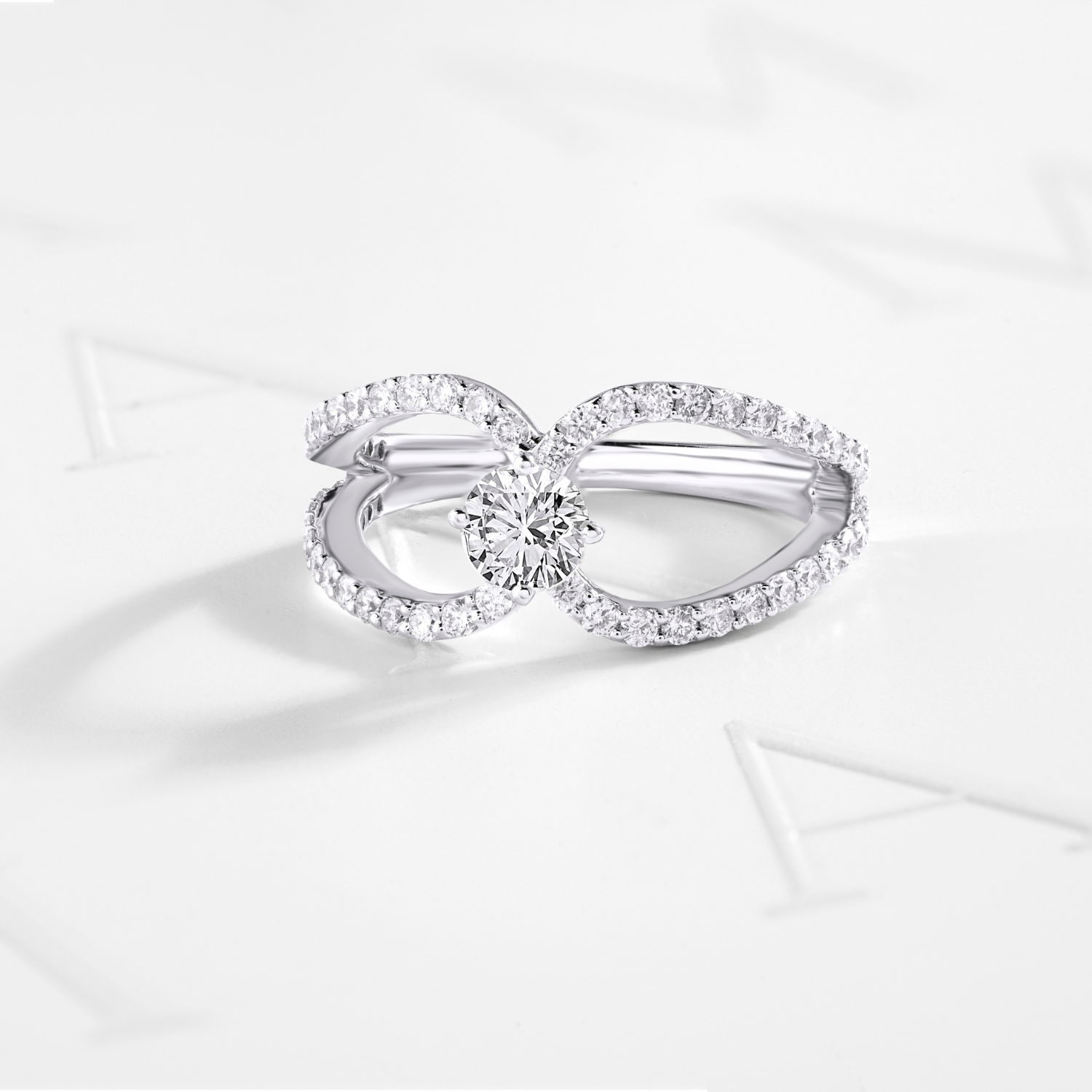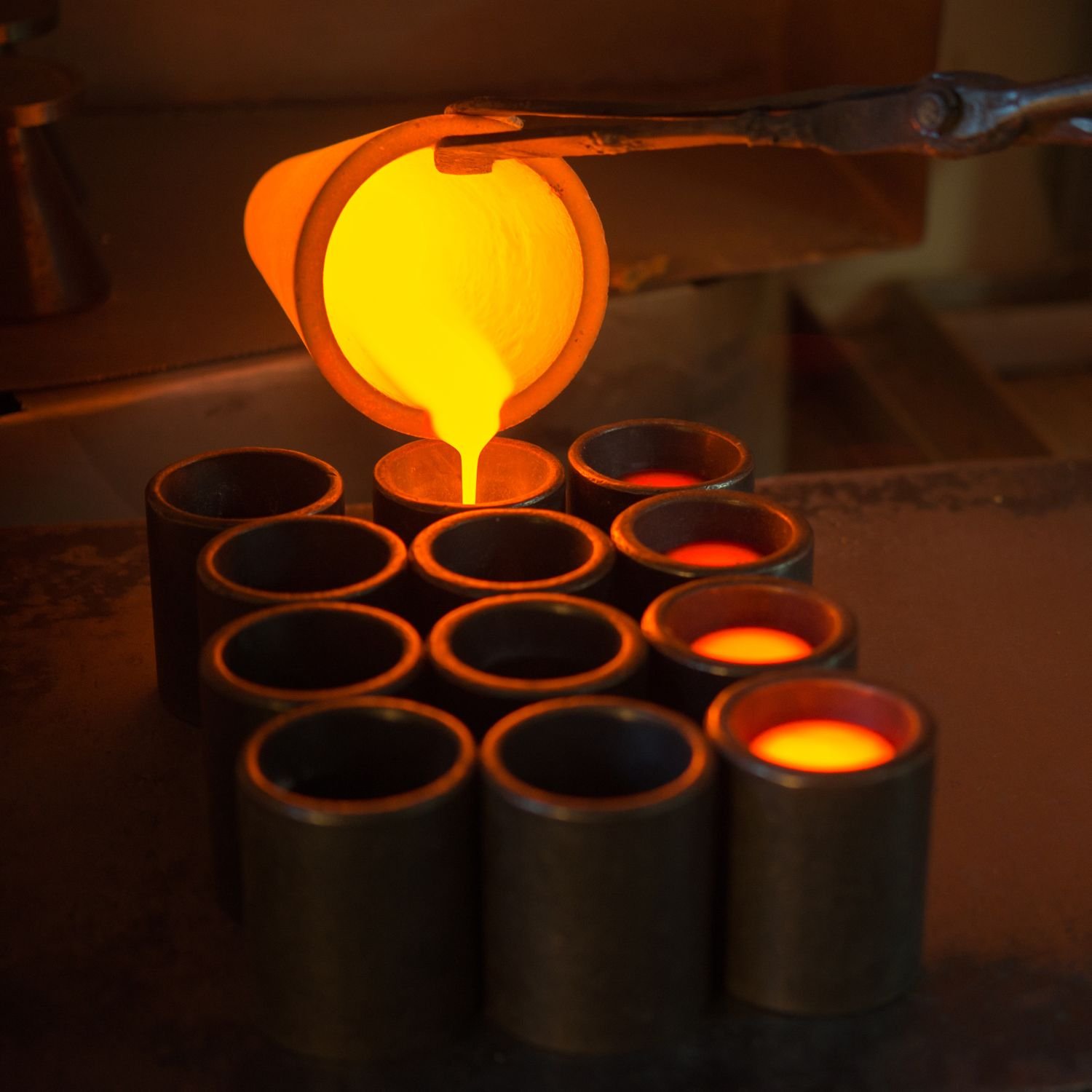How Is White Gold Made?
White gold is made by alloying gold with white metals such as nickel, manganese, or palladium. The process of making white gold typically begins by melting down pure gold and the white metal alloy together. The exact ratio of gold to the white metal alloy will depend on the desired shade of white gold.
The melted metals are then mixed thoroughly and poured into a mould to create the desired shape. The mould is cooled and the white gold piece is removed. The piece is then polished and finished to give it a shine.
One of the key differences between white gold and traditional yellow gold is that white gold is not naturally white. The white color of white gold is typically achieved through a process called rhodium plating, where a thin layer of rhodium is applied to the surface of the alloy. This gives the piece a bright white finish, which can last for several years before needing to be reapplied.
White gold is a popular choice for engagement rings and other fine jewelry, as it offers the same durability and value as traditional gold, but with a different color. It is important to note that white gold may need to be replated with rhodium over time, to maintain its white color. It is also important to be aware of any allergic reactions to the white metals used in the alloy before purchasing any white gold jewelry.
Dive deeper into the world of jewelry
Be sure to visit the blog. Get fascinating insights straight from experts around the world and pick up secret tips to make jewelry shopping a breeze.





When it comes to choosing jewelry, the type of metal used plays a significant role in its appearance, durability, and overall value. Understanding the pros and cons of different metal types can help you make an informed decision when selecting your jewelry. Here's a closer look at some popular metal options.